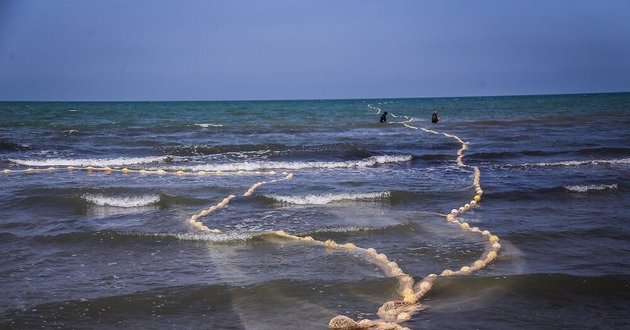The Caspian Sea littoral states must have enough political will to preserve the marine environment and ecosystem of this waterbody, Issa Kalantari, head of the Department of Environment (DOE), has said, Tehran Times writes in the article Political will required to protect Caspian Sea environment, Iran says.
Kalantari made the remarks in an online meeting on preserving the Caspian marine environment with the environment ministers of the five Caspian littoral states on Tuesday. We have a bitter experience with the Persian Gulf environment in the south because the countries bordering the Persian Gulf do not have enough political will to protect it, so today we are facing hundreds of environmental problems, he lamented. Iran is located on the southern side of the Caspian Sea, so the pollution of other countries enters our shores, and if the Secretariat of the Tehran Convention had followed these issues on a daily basis, it would not have been exacerbated, he noted. “We cannot solve the problems with a bilateral agreement so that an active secretariat should be formed as soon as possible and the countries can cooperate synergistically.”
Certainly, the United Nations Environment Program (UNEP) with its 50 years of experience can help in this regard, he said, highlighting, all countries must cooperate on both issues of pollution and biodiversity because Iran is located on the southern side of the Caspian Sea, therefore, the pollution of other countries accumulates on the Iranian shore to a large extent. “We should approve a 10-year environmental plan for the Caspian Sea protection, and with the countries' collective monitoring, we will be able to turn the sea into a model worldwide.”
The Caspian Sea is the largest enclosed inland body of water on Earth by area. It is bounded by Kazakhstan to the northeast, Russia to the northwest, Azerbaijan to the west, Iran to the south, and Turkmenistan to the southeast. The sea has a surface area of 371,000 square kilometers and a volume of 78,200 cubic kilometers. The Caspian Sea water level has reached its lowest level since 1995, mainly because of a recent drop in the water level of the Volga River, which supplies most of the sea’s water, by about 22 percent. In 2019, the average water level stood at -27.18 meters, showing 13 centimeters decrease compared to the year before, ISNA reported.
According to the national center for Caspian Sea studies and research affiliated to the Water Research Institute, seawater temperature is one of the main criteria in heat exchange and an indicator in assessing the potential for evaporation from the water level, which is one of the main components of the Caspian water balance. The increasing trend of the Caspian Sea surface temperature, especially in recent years, has been one of the factors affecting the reduction of water level.






